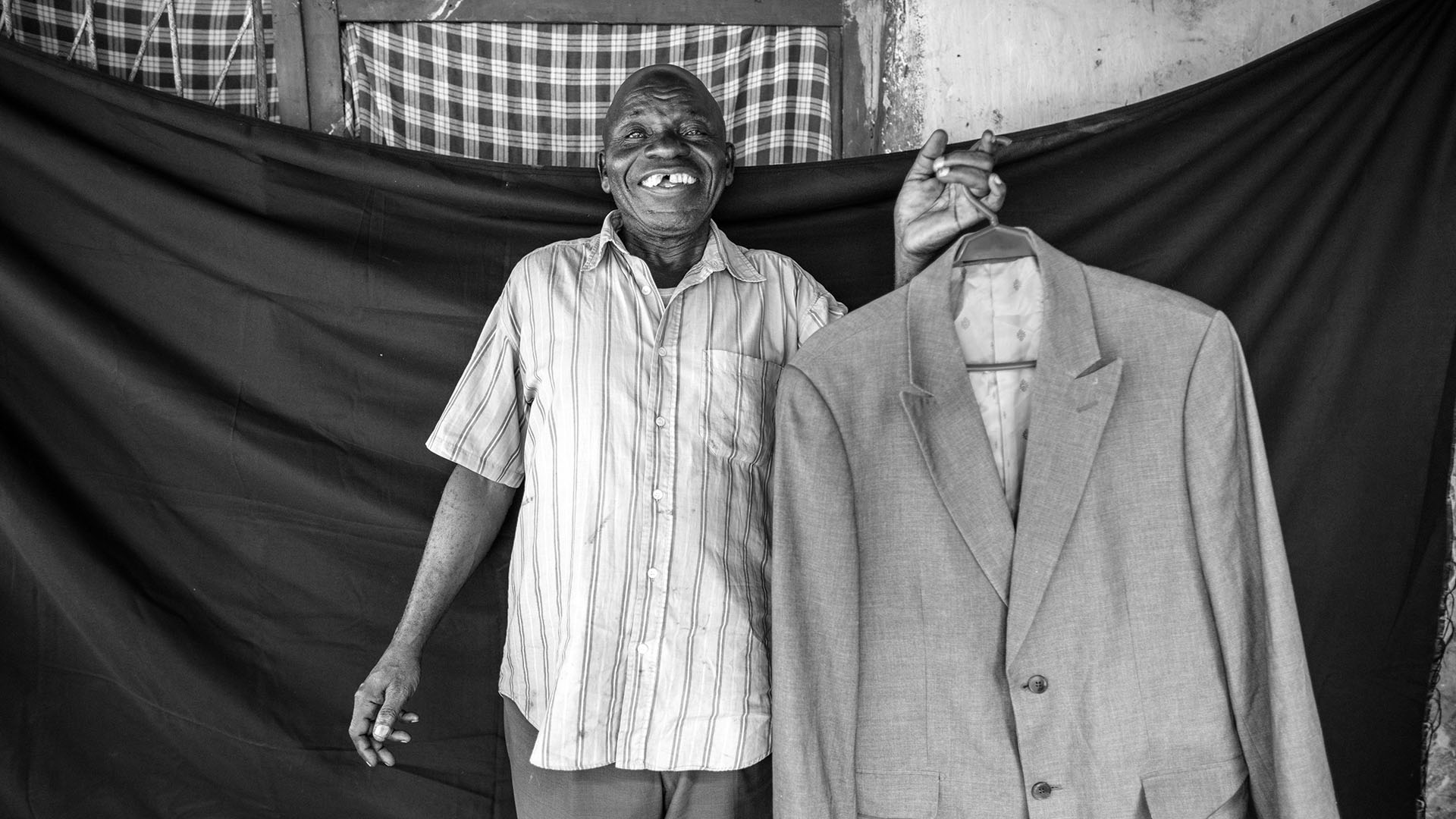UNHCR and Angola release studies on key needs in areas of refugee return
UNHCR and Angola release studies on key needs in areas of refugee return

LUANDA, Angola, Mar 28 (UNHCR) - The UN refugee agency and the government of Angola have unveiled detailed profiles of the seven areas of the country with the highest percentage of former refugees, which will be used a guide to what needs to be done to ensure their successful reintegration.
The launch of the municipal profiles at a meeting in Luanda on 28 March, which grouped officials of all levels of government, humanitarian organisations and potential donors, was a watershed in the implementation of a programme to ensure that national development plans include reintegrating the nearly half a million Angolans who fled their country during 27 years of war.
"This is an example of the close cooperation between the government, at the central and provincial levels, and the United Nations in Angola and I am confident that this will help in formulating the appropriate projects," said Dario Carminati, the representative of UNHCR in Angola. "The government of Angola is totally engaged and is steadily incorporating sustainable reintegration into its plan of development."
The new profiles are vital to the success of the Sustainable Reintegration Initiative. In areas destroyed and depopulated by 27 years of war, it was essential to have a detailed profile of the local capabilities and needs in order to set priorities for reconstruction.
UNHCR led in this process because its goal is not just to bring Angolan refugees back from exile but to ensure they are successfully reintegrated into a country they may have left decades ago. In the municipality of Luau, once the capital of Moxico province near the border with the Democratic Republic of the Congo, 91 percent of the population are former refugees.
But UNHCR also understands reintegration is a broader subject, with the government seeking the same sustainable return to home areas for the large number of former soldiers and those who fled elsewhere inside Angola rather than over a border. When peace was established in 2002, a half million Angolans were sheltered abroad but ten times as many were displaced inside the country.
Since the peace agreement more than 360,000 are estimated to have come home, including 123,000 brought by UNHCR, 89,000 who came on their own but received UNHCR assistance on arrival and a further 149,000 who repatriated without any UN help.
While UNHCR launched a number of reintegration projects such as school reconstruction and vocational training, it also knew it would need to involve other players to ensure the process continued. UNHCR - which is not a development agency - sees the municipal profiles as a roadmap for others to follow.
The Luanda conference, officially the quarterly meeting of the Humanitarian Coordination Group, was an indication the process is taking hold. For the first time, the government of Angola has declared the reintegration of returnees in their home areas is a formal goal.
The government also told donors and representatives of non-governmental aid organisations it wants them to focus on the needs of the areas of return in their own assistance plans. These regions are some of the most isolated and poor parts of a nation that overall is one of the least developed countries in the world.
"We have enough material, the fundamental elements, which can serve as a model for our planning," Dr João Baptista Kussumua, Minister of Assistance and Social Integration, said of the municipal profiles. His audience notably included representatives of the provinces and municipalities covered by the new studies, who had flown to Luanda for the event.
"We should end with the idea that UNHCR or WFP [World Food Programme] are responsible for reconstruction, this is the responsibility of the minister of public works and the provincial governor," Kussumua retorted when one official called for UNHCR to repair a bridge.
In Bundas municipality, an isolated region near the border with Zambia where returnees make up 90 percent of the population, reconstruction of the national road linking it to the provincial capital was identified in the study as a priority. This key road, necessary for restoring any commerce, is now a dirt track that takes days to navigate. Bridges have been destroyed and de-mining of the margins will likely continue for years.
There was also a need for health clinics in all parts of the municipality and more lessons in speaking Portuguese, which many refugees returning from Zambia never learned while growing up in their English-speaking country of asylum.
While UNHCR will spend $10 million this year on reintegration of returned refugees, the UNHCR is shrinking its programmes in Angola over the next two years, leaving the continuing need for development identified in the municipal profiles to other organisations.
By Jack Redden in Luanda, Angola








